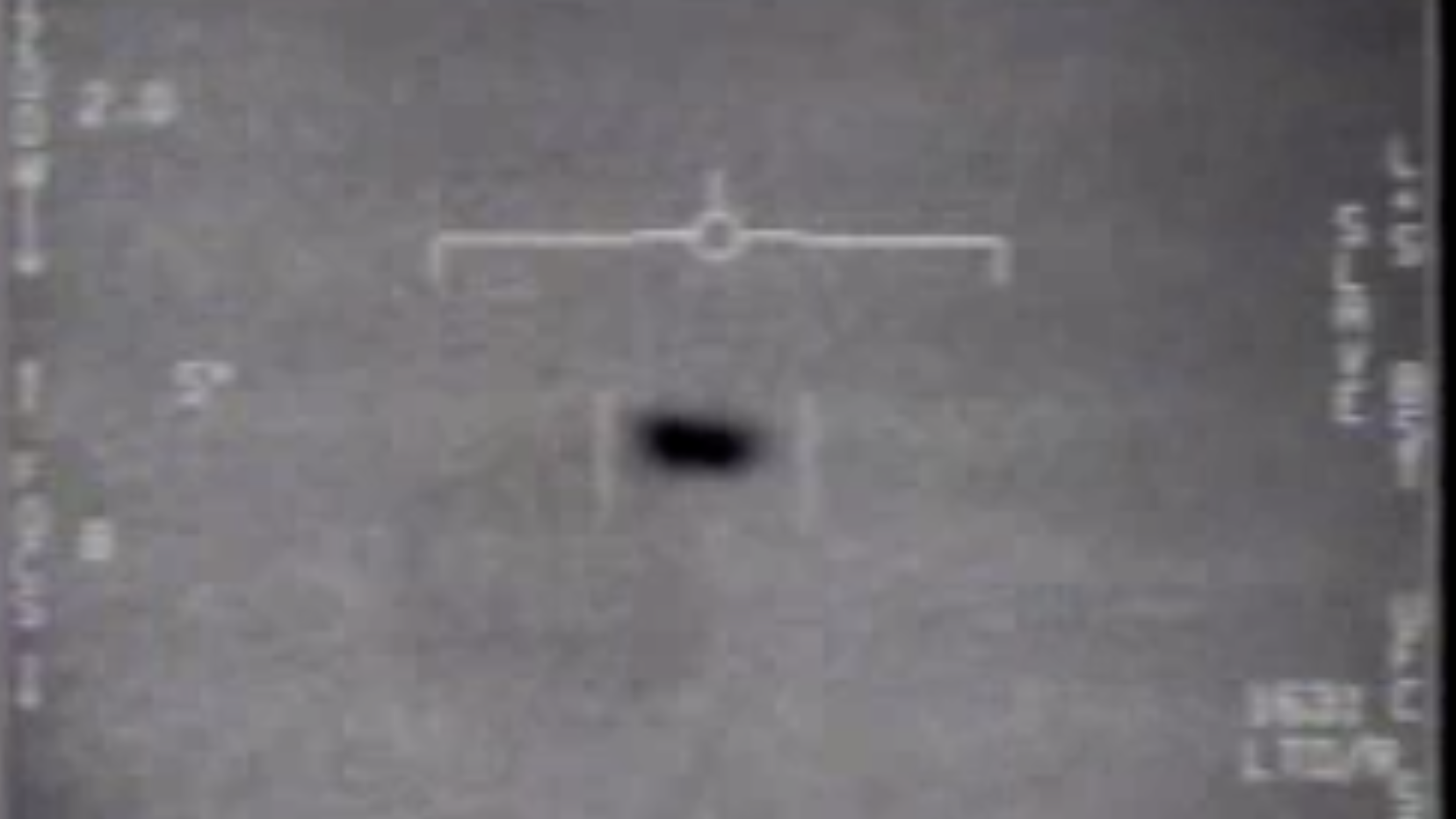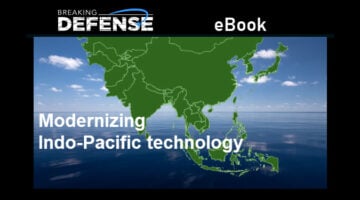
WASHINGTON — The highly-anticipated report by NASA’s Independent Study Team on Unidentified Anomalous Phenomena, released today, recommends that the agency step up its role in UAP research — in particular to help develop processes for civil and commercial reporting and data analysis — as a necessary, and public, complement to that of the Defense Department.
“The recommendation of this report is that NASA should play a role to review archival data to create a transparent reporting process that then DoD can take advantage of, because DoD, certainly, is ill suited to doing so and in many instances legally can’t,” Mike Gold, a former NASA official and a member of the UAP independent study team, told Breaking Defense.
For example, he explained that the Pentagon doesn’t have the same ability to work with international partners, due in large part to classification issues. Nor does it have expertise in collecting and vetting citizen science, something that is important given that much of the reporting of UAPs — more commonly called UFOs — comes from civilians.
“So, this is a vital part of the process to ensure our national defense, because DoD cannot do it alone,” said Gold, now chief growth officer at Redwire Space. Such NASA work would “complement and support DoD’s overall mission, which is to protect American skies, to understand what’s occurring in space and the oceans, and to defend all domains.”
Specifically, the report recommended that NASA leverage its Earth observation satellites and those of commercial remote sensing firms to help characterize the environmental circumstances coincident with UAP observations; explore development of a crowdsourcing system, such as a smartphone app, for public reporting; and work with the Federal Aviation Administration to improve its system for reporting by commercial pilots.
NASA announced today that, as a first step in response to the study’s recommendations, it has appointed a new director of UAP research, although officials declined to give that person’s name.

Modern Tech in Indo-Pacific Operations
Explore how networked warfare, AI, and 3D-printed drones are reshaping US Indo-Pacific strategy.
“A NASA liaison to the Department of Defense previously covered limited UAP activities for the agency, and the director role will centralize communications, resources, and data analytical capabilities to establish a robust database for the evaluation of future UAP. The director also will leverage NASA’s expertise in artificial intelligence, machine learning, and space-based observation tools to support and enhance the broader government initiative on UAP,” NASA explained in its press release.
Nicola Fox, associate administrator of NASA’s Science Mission Directorate, told reporters today that the new director will continue to report to the Pentagon’s All-domain Anomaly Resolution Office (AARO), which is the lead US government agency on UAPs.
“We’ve established director of UAP research, they’re working across the whole of government. They’re working very closely with AARO [as] they are the sort of central point for all of the collaboration,” she said.
David Spergel, Simons Foundation president and chair of the UAP independent study team, elaborated that one of the advantages of NASA’s involvement is that it makes its scientific findings public, something that DoD and AARO cannot always do.
“I think is worth repeating, in the context of looking at images that come from military satellites and the Intelligence Community, it’s important to remember that images taken by military instruments are classified, not because of what’s in the image, but because of the nature of the measuring instrument,” he explained in the NASA press conference. “And I think this is one of the unique things that NASA brings here. NASA is about openness and transparency. NASA’s when NASA makes measurements, NASA has, across all that it does, this program of making its data open and available.”
Testimony From Encounters
While the UAP team was not asked to assess or validate previous UAP sightings and reports, the 16 members did hear testimony from observers and looked at incidents in the air, in space, underwater and those that transited between, such from air to space and vice versa. That said, NASA Administrator Bill Nelson said the study found no evidence of alien visitation.
“The NASA independent study team did not find any evidence that UAP have an extraterrestrial origin, but we don’t know what these UAP are,” Nelson said, stressing that the key reason for NASA’s involvement is to “shift the conversation about UAP from sensationalism to science.”
Spergel said that most UAP incidents no doubt will turn out to be explainable — once the large gaps in observation data are filled, and proper, scientifically bounded analysis can be completed.
“Most events are going to turn out to be conventional things, balloons, airplanes, and so on. I think of the process of discovery of anomalies is looking for a needle in a haystack,” he said. “And if you want to find a needle in a haystack, you’ve got two choices. Either, you know exactly what the needle looks like, and you design a very good filter to look for the needle. … Or, if you don’t know what you’re looking for — and with anomalies, that’s really the case when we’re looking for things we don’t understand — if you want to find something strange in a haystack, you better know exactly what hay looks like.”
Gold summed up: “The report stated we don’t know what’s occurring, and the fact that we don’t know what’s occurring in America’s skies, in space and underwater — that there are these anomalies — should be of great interest, if not concern, for all of us as American citizens. And for far too long, we’ve written off pretty significant incidents and reports.”
He added that in his mind, if anything proves to be extraterrestrial, “that would probably be the best case scenario, because if these systems are from terrestrial adversaries, that is really terrifying. And our response will have been completely unacceptable relative to the potential threat of something monitoring our national security preparatory activities.”